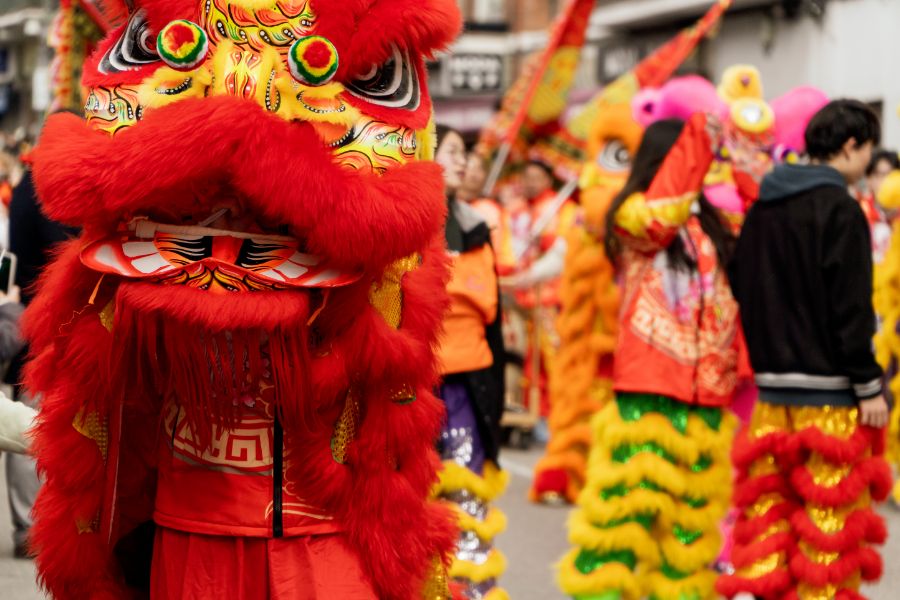Lunar New Year, also known as the Spring Festival, is one of the most important and widely celebrated holidays in many Asian cultures. Rooted in centuries-old traditions, the holiday marks the beginning of the new year based on the lunar calendar, typically falling between late January and mid-February. With the Lunar New Year beginning today, it ushers in the Year of the Snake: a symbol of wisdom, intuition, and transformation.
The Origins and Significance of Lunar New Year
Lunar New Year has been celebrated for thousands of years, originating in China and spreading to other East Asian countries, including Korea, Vietnam, and Mongolia, each with its own unique customs. Traditionally, the holiday is a time for honoring ancestors, gathering with family, and welcoming good fortune for the coming year. The festival is deeply intertwined with folklore, with one of the most famous legends being the story of Nian, a mythical beast that terrorized villages until it was driven away by the color red, loud noises, and firecrackers—hence the modern-day traditions of fireworks and red decorations.
How Lunar New Year is Celebrated
Each culture celebrates Lunar New Year with distinct traditions, but common elements include:
- Reunion Dinners: The holiday kicks off with a lavish feast on New Year’s Eve, where families gather to share symbolic dishes such as dumplings (representing wealth), fish (for abundance), and longevity noodles.
- Red Envelopes (Hongbao/Lì xì): Elders gift red envelopes filled with money to younger family members as a symbol of good luck and prosperity.
- Lion and Dragon Dances: These performances, often accompanied by drumming and firecrackers, are meant to ward off evil spirits and bring good fortune.
- Cleaning and Decorating: Homes are cleaned before the new year to sweep away bad luck and adorned with red banners, lanterns, and paper cuttings with auspicious phrases.
- Fireworks and Celebrations: Cities and towns light up with fireworks displays, parades, and cultural performances.
Zodiac Sign and Symbolism
Each Lunar New Year corresponds to one of the 12 animals in the Chinese zodiac, cycling every 12 years. 2025 is the Year of the Snake, an animal associated with intelligence, adaptability, and mystery. Those born under this sign are believed to be intuitive, wise, and ambitious.
Global Celebrations
While Lunar New Year has its roots in Asia, the holiday is celebrated worldwide in cities with large Asian communities. Places like New York City, San Francisco, London, and Sydney host elaborate parades, cultural festivals, and special events to honor the occasion. Chinatown districts around the world come alive with traditional foods, performances, and red lantern displays.
Lunar New Year is a time of renewal, reflection, and connection with loved ones. Whether you're celebrating with a family feast, watching a parade, or simply embracing the festive spirit, the holiday is an opportunity to welcome prosperity and happiness for the year ahead.



